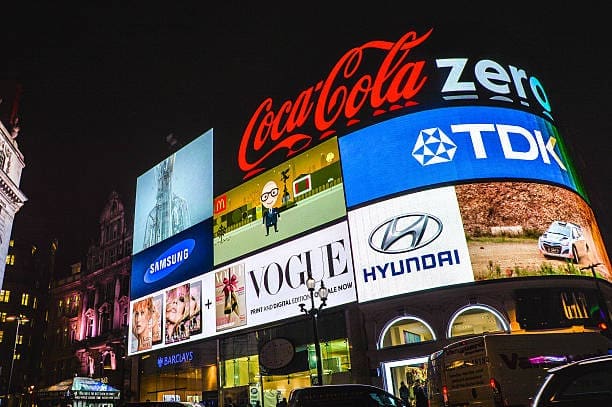It’s impossible to think of Coca-Cola without visualizing the swirling red logo or of McDonald’s without picturing the iconic yellow arches. It is because a brand’s color creates associations and expectations, triggering mental images and memories in the consumer’s mind. Some brands are so iconic that they even tried trademarking their defining shades.
These well-known brands are living proof that having a consistent brand color can help you attract attention and customers. This is why, while logos and fonts are important, your color standards is another essential aspect to consider.
This article should be able to help you if you are still unsure why it is essential to care about color standards as an entrepreneur by outlining five reasons. Let’s jump right into it:

-
Audience Recognition
Color standards can instantly evoke a feeling, whether due to an innate association with a color, such as red meaning danger, or a social influence, such as pink being associated with femininity. This is why, when it comes to branding, color can greatly influence what a customer associates with your company and how quickly they will recall you.
For instance, the unusual blue and yellow contrast of the Swedish home furnishings company Ikea makes the brand incredibly memorable.
As a business owner, you must remember that each industry has its preferred color. Labrecque and Milne looked into how different colors are used in various industries. They discovered that while red is absent entirely from the logos of fashion brands, it is present in more than 60% of retail brands. Contrarily, blue is the most popular option in the pharmaceutical, electronics, travel, credit card, beauty, health, and household industries.
Despite being present in over 75% of credit card brand logos, it is used poorly in the fast food and food industry. The most prevalent color among Fortune 500 companies is blue, followed by red. Green, yellow, and black are a few less standard options. Pink isn’t used at all, while purple is occasionally used.

-
Mood
Color can have a significant impact on how people feel. For instance, you may be familiar that McDonald’s iconic yellow arches on a red background were chosen to evoke feelings of hunger. Red has been connected to elevated heart rates and excitement, which may increase appetites. Utilizing the intriguing psychological effects of color can evoke emotions in potential customers, such as engagement or trust, which can help spur interest in your product among your target market.
-
Perception
Fun? Serious? Innovative? The color (s) chosen to represent a brand can significantly impact how customers perceive it because different colors reflect different moods. Whether companies choose energizing red or professional blue, each color will elicit a response from your customers. This has been unintentionally reinforced in consumers’ minds by certain brands’ use of specific colors, such as the “competent” blue used by KPMG or the “exciting” red used by Coca-Cola.

-
Consistent Branding
Consistent branding makes your company memorable. It still holds true that a person needs to see something seven times before they can remember it, according to the venerable “Rule of Seven” in marketing. Maintaining consistency across your marketing efforts makes it easier for your target market to recall your brand.
You must keep a consistent brand to prevent sending conflicting messages to potential customers. Young audiences will become confused and, as a result, disengaged if a brand uses vibrant colors and an upbeat tone of voice to engage them but then switches to a more mature and business-like tone.
Because of this, brands should focus on developing their brand identity and using their color palette across all platforms rather than following color trends.
-
Logos
You must consider how color is used in logos. Most designers agree that a logo should only contain three colors, frequently following the 60/30/10 rule. Less color can make a brand stand out, while more can make the logo look cluttered and less striking. To better understand this, take note of the fact that the majority of brand logos share one characteristic: they only use three or fewer colors.
Here are a few things to consider before choosing a color for your logo:
- In different cultures, colors may have different meanings. Always make sure to design with consideration for these differences in mind. This has particular significance for multinational companies.
- Color can affect your overall composition based on the kind of logo you select. For instance, a simple wordmark logo may require a different color palette than an emblem logo.
- Pay attention to your competitors to learn about the market and what is already available.

Conclusion
The color standards of a brand creates associations and expectations, evoking mental images and memories in the consumer’s mind. As a result, it is essential to choose a suitable palette and stick to it until the end. Color trends come and go, but sticking to one palette will help your audience recognize you anywhere.
